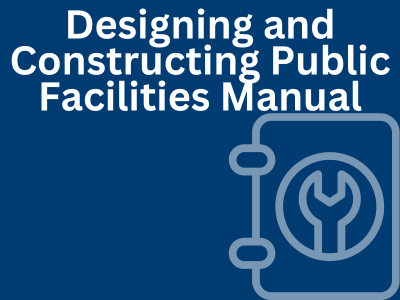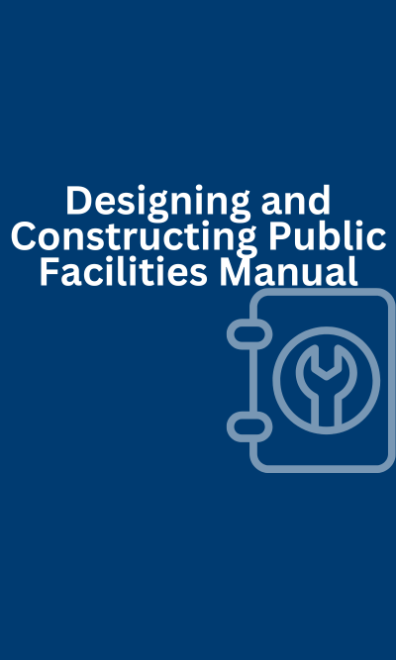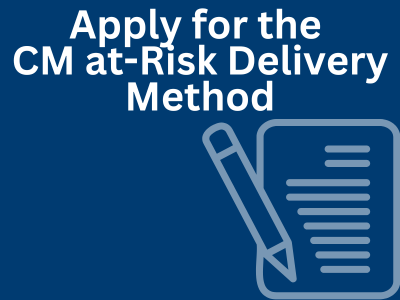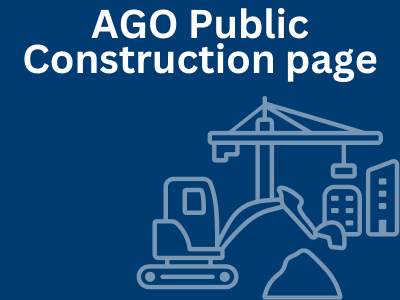The Office of the Inspector General (OIG) works with public officials and others to establish best practices for public design and construction projects, in addition to providing guidance and training.
- This page, Public Design and Construction Procurement, is offered by
- Office of the Inspector General
Image credits:
Shutterstock





